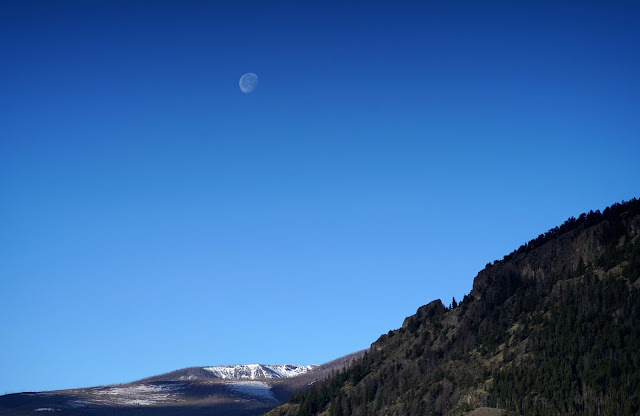Back in Creede! It snowed briefly on Thursday (15 May) afternoon, but the clear-sky forecasts correctly predicted that there would be an open sky between 10pm and midnight.
This is the best time of year for viewing the giant globular cluster Omega Centauri. The cluster transits about 11 pm MDT on this date and is only about 4° above the horizon when viewed from Creede. This low elevation requires a carefully selected viewing location. I can see it from the front yard when it clears the southern flank of Snowshoe Mountain, but the view is always blocked from the back yard.
There was a light breeze while setting up the Seestar S50 in the front driveway, but it tapered off. The temperature was 34 deg F and the sky brightness was an excellent sqml=21.71. This is two magnitudes darker than my home location in Santa Fe. Two magnitudes is 6.3 times darker.
 |
| Omega Centauri. Seestar S50, 5 min, AI Denoise. |
About 4.5° higher in the sky is the radio galaxy Centaurus A (NGC 5128). This galaxy was one of the first identified extra-galactic radio sources and is the 5th brightest galaxy in the sky, or 3rd brightest excluding the Magellanic Clouds. Some clouds started moving in during this exposure, so it had to be ended after 8 min.
 |
| Centaurus A radio galaxy. Seestar S50, 8 min, AI Denoise. |
These objects are most easily located by first finding the star Spica (Alpha Virginis) as it transits and then following a line downward to the horizon.
 |
| credit: SkySafariAstronomy.com |
The next morning:
 |
| 18.3-d waning gibbous moon. Vivitar Series 1 135mm f/2.3, Sony A7iii. |
No comments:
Post a Comment
Comments are moderated.